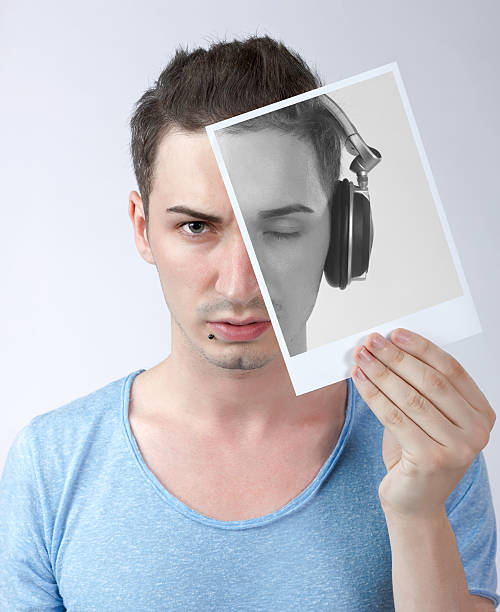The photograph, taken by Ryan Kelly during the Charlottesville protests of 2017, encapsulates a turbulent chapter in American history. It portrays a car hurtling towards a crowd of protesters, capturing the raw intensity and chaos of the moment. In the foreground, we see people scattered, their faces contorted with fear and disbelief. In the background, the car, a deadly weapon, looms large, a symbol of hate and violence.
Like “Guernica,” which depicted the horrors of the Spanish Civil War, Kelly’s photograph exposes the dark underbelly of society. It serves as a stark reminder of the deep-seated divisions and injustices that plague American society. Just as Picasso’s masterpiece condemned the brutality of war, Kelly’s image condemns the rise of extremism and bigotry in contemporary America.
The composition of the photograph is striking. The contrast between light and shadow, the dynamic angles, and the sense of movement all contribute to its power. The car, its headlights glaring ominously, cuts through the darkness like a sinister force, while the figures in the foreground are bathed in harsh light, their vulnerability exposed for all to see.
One cannot help but be drawn into the scene, to feel the tension and terror emanating from the image. It is a visceral reminder of the fragility of life and the ever-present threat of violence. Just as “Guernica” shocked the world with its graphic portrayal of suffering, Kelly’s photograph shocks us into confronting the reality of hate-fueled violence in America.
But beyond its immediate impact, the photograph also invites deeper reflection. It prompts us to question the underlying causes of such violence, to examine the systemic injustices and prejudices that fuel it. It challenges us to confront our own complicity in perpetuating these injustices and to strive for a more inclusive and equitable society.
In this sense, Kelly’s photograph becomes not just a documentation of a tragic event, but a call to action. It urges us to stand up against hatred and bigotry, to work towards building a world where such violence is no longer tolerated. Like “Guernica,” it reminds us of the power of art to provoke thought and inspire change.
In the years since it was taken, Kelly’s photograph has become an iconic symbol of resistance and resilience. It has been reproduced countless times, displayed in galleries and museums, and used as a rallying cry for social justice. It has sparked conversations and debates, forcing us to confront uncomfortable truths about ourselves and our society.
In the end, Ryan Kelly’s Pulitzer Prize-winning photograph stands as a testament to the enduring power of images to shape our perceptions and move our emotions. Like “Guernica,” it transcends its moment in time to become a timeless symbol of hope and defiance in the face of adversity. And in a world plagued by division and discord, it serves as a beacon of light, reminding us of our shared humanity and the possibility of a better tomorrow.



